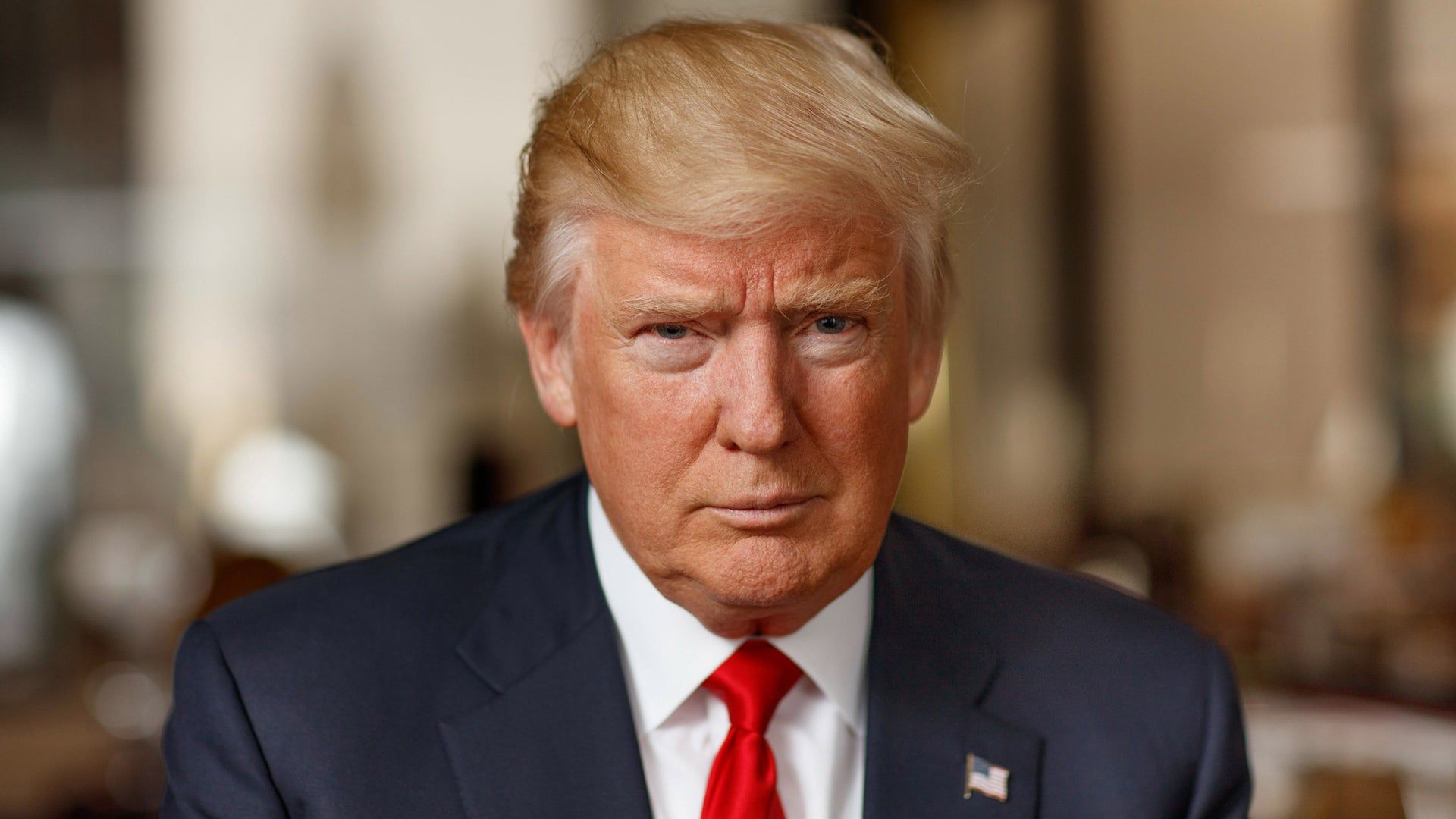
Early Life and Business Foundations
Donald John Trump’s trajectory from real estate magnate and media personality to the 45th and 47th President of the United States presents a distinctive study in American business and economic policy. Born into a wealthy New York City family, Trump entered the business world in 1968 through his father’s real estate company, Trump Management. By 1971, he became president of the company, rebranding it as the Trump Organization and embarking on an aggressive expansion strategy that included skyscrapers, hotels, casinos, and golf courses, many of which carried the Trump name.
Trump’s approach to business was often intertwined with litigation. By 2018, he had been involved in over 4,000 lawsuits, liens, and other filings, frequently initiated by employees, contractors, brokers, and even attorneys for nonpayment. His high-profile renovation of the Commodore Hotel in Manhattan in 1978, reopening as the Grand Hyatt in 1980, marked his emergence in the public eye. That same year, he secured development rights for Trump Tower in Midtown Manhattan, which later became his residence and corporate headquarters.
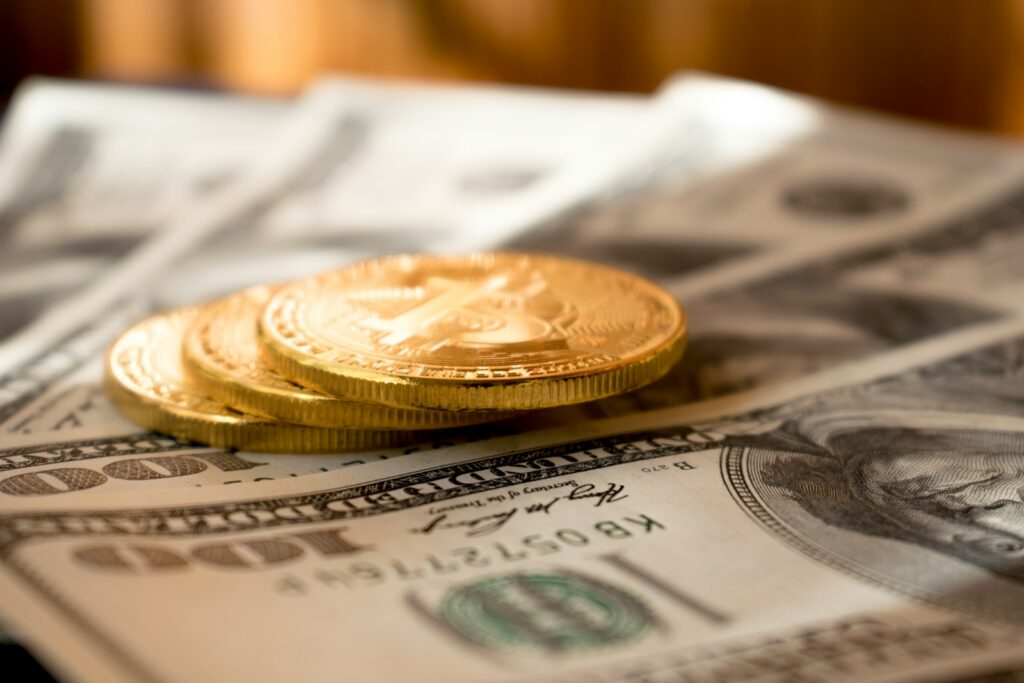
Expansion, Financial Challenges, and Real Estate Ventures
Trump’s acquisition of the Plaza Hotel in 1988, financed by a consortium of 16 banks, exemplified his ambitious growth strategy, though it faced financial difficulties alongside his Atlantic City casinos. Between 1991 and 2009, six of his businesses, including the Plaza and Atlantic City properties, filed for Chapter 11 bankruptcy. In 1995, defaulting on over $3 billion in bank loans led to lenders seizing major properties, described as a “vast and humiliating restructuring” that allowed him to avoid personal bankruptcy. Despite these setbacks, Trump continued to pursue large-scale projects, such as the acquisition of 40 Wall Street in 1996 and the Riverside South development, completed with Asian investment support.
His final major construction project, the 92-story Trump International Hotel and Tower in Chicago, opened in 2008. Financial dealings surrounding this project, including declared losses on his 2008 tax return, later became subjects of IRS investigation in 2024.

Diversification Beyond Real Estate
Trump expanded into diverse ventures, including sports and entertainment. He purchased the New Jersey Generals football team in 1983, hosted boxing matches, and lent his name to the Tour de Trump cycling event. In the late 1980s, he engaged in stock acquisitions described by some as “greenmail,” though many gains were reportedly lost. The purchase and rebranding of Eastern Air Lines Shuttle in 1988 ultimately ended in default, while acquiring the Miss Universe pageants in 1996 solidified his entertainment presence.
His media career reached its peak with the reality television show The Apprentice (2004–2015), produced by Mark Burnett. The program portrayed Trump as a “superrich chief executive” and earned him over $400 million through licensing agreements, significantly shaping his public image.
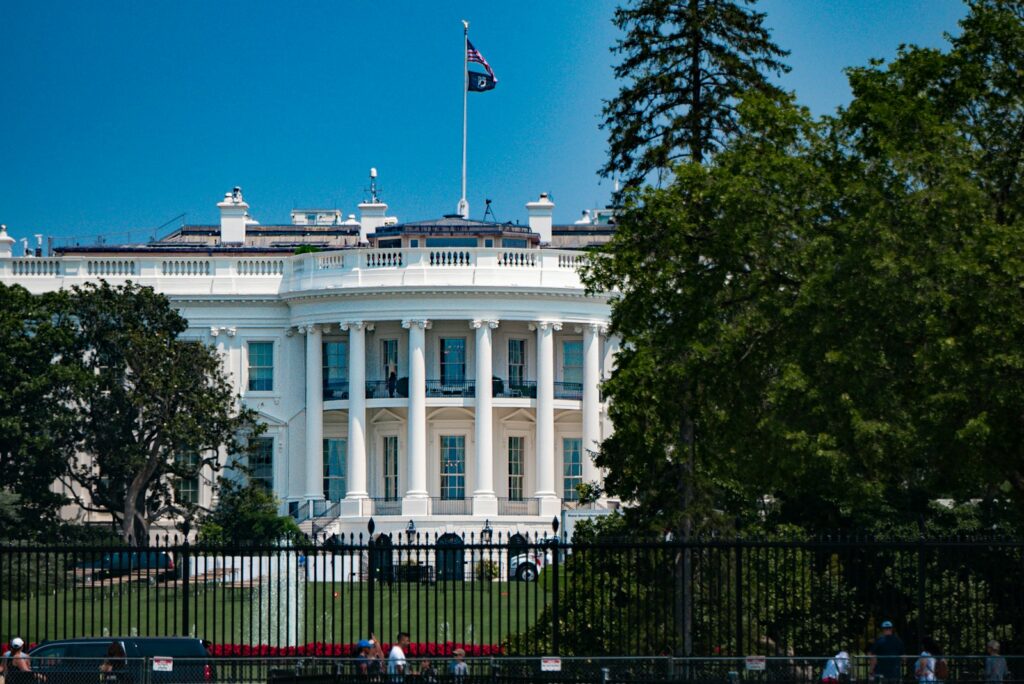
Political Transition and Economic Platform
Trump announced his candidacy for the 2016 presidential election in June 2015, emphasizing his status as a successful businessman and political outsider. His platform called for renegotiating U.S.-China relations and trade agreements such as NAFTA, energy independence, deregulation, tax simplification and reduction, infrastructure investment, and tariffs on companies offshoring jobs. These pledges laid the groundwork for his economic policies during his first term.
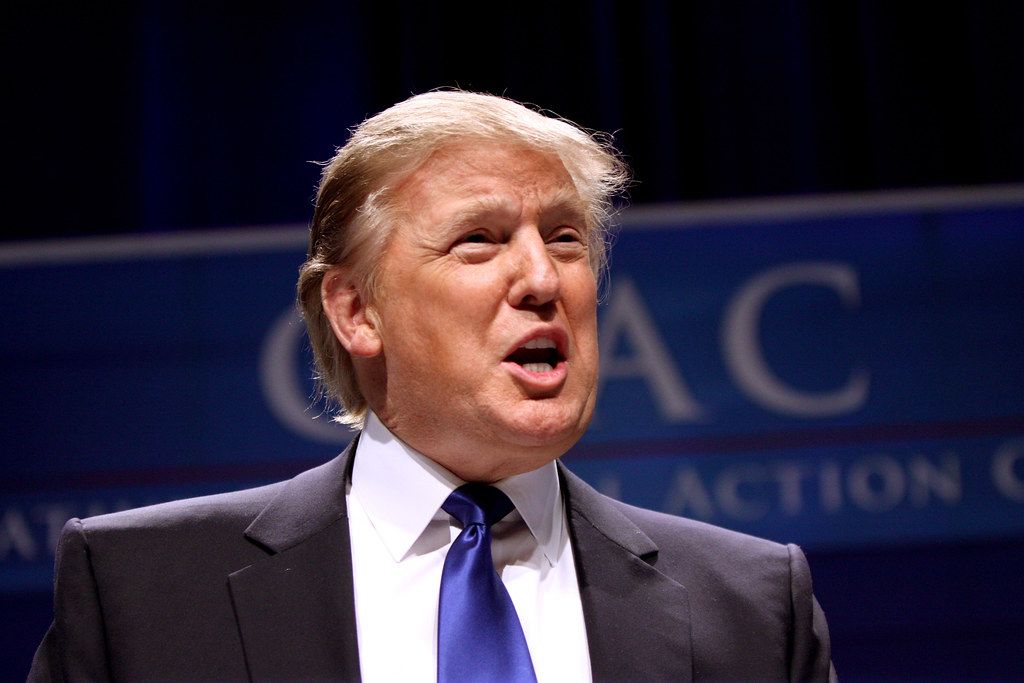
Presidency and Economic Policies
Upon assuming office in January 2017, Trump placed his businesses in a revocable trust and continued profiting from them, raising legal questions regarding the Domestic and Foreign Emoluments Clauses. A central achievement was the 2017 Tax Cuts and Jobs Act, which lowered tax rates for businesses and individuals and removed the Affordable Care Act’s individual mandate penalty. Despite claims that revenue would remain steady, 2018 federal revenues fell 7.6 percent below projections.
Under his first term, the federal budget deficit rose nearly 50 percent, reaching almost $1 trillion in 2019. By the end of his presidency, the U.S. national debt had grown 39 percent to $27.75 trillion, with the debt-to-GDP ratio at a post-World War II high. Trump also reduced the federal workforce by three million employees and pursued significant deregulation, rolling back over 100 federal environmental regulations, including those on greenhouse gas emissions and pollution standards.
His environmental policies included withdrawing the U.S. from the Paris Agreement and promoting fossil fuel production and exports, while coal production continued to decline. Protections for animals were weakened, and drilling and resource extraction zones expanded. Regulatory rollbacks in health and labor sectors often faced legal challenges, with 78 percent of such proposals blocked or challenged in court.

Second Presidency and Continued Economic Agenda
Beginning his second presidency in 2025, Trump implemented mass federal workforce reductions and imposed tariffs on nearly all countries, notably China, Canada, and Mexico, reinforcing a protectionist trade approach. His administration signed the One Big Beautiful Bill Act and relied extensively on executive orders, leading to over 300 lawsuits challenging their legality. High-profile court cases highlighted his broad interpretation of the unitary executive theory, generating ongoing legal scrutiny.
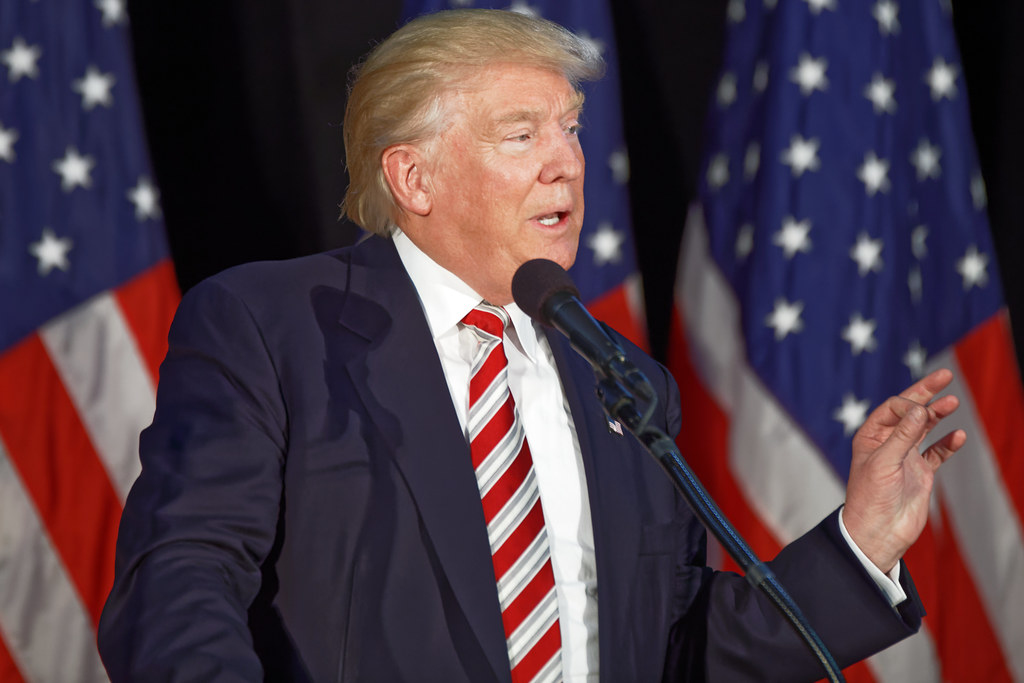
Donald Trump’s extensive career spans decades of business ventures, media influence, and multiple presidential terms, offering a compelling narrative for economic observers. From early real estate initiatives and high-profile bankruptcies to media success and transformative national policies, his actions reflect bold initiatives and challenges to established norms.
His presidencies brought sweeping tax reforms, shifts in trade relations, and substantial deregulation, leaving a significant imprint on the U.S. economy, workforce dynamics, and regulatory landscape. For business professionals, understanding Trump’s economic legacy provides critical insight into the interplay between political leadership and economic outcomes. The ongoing legal challenges to his policies and the distinctive approach known as Trumpism continue to define a unique era in American governance, with long-term implications for both domestic and global markets.



